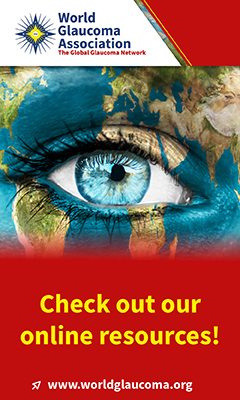advertisement

Abstract #99694 Published in IGR 23-1
Trends, Factors, and Outcomes Associated with Immediate Sequential Bilateral Cataract Surgery among Medicare Beneficiaries
Malwankar J; Son HS; Chang DF; Dun C; Woreta F; Prescott C; Makary M; Srikumaran DOphthalmology 2022; 129: 478-487
PURPOSE: To report the incidence of immediate sequential bilateral cataract surgery (ISBCS) and delayed sequential bilateral cataract surgery (DSBCS) and to identify factors associated with undergoing ISBCS. DESIGN: Retrospective cohort study. PARTICIPANTS: Medicare beneficiaries aged ≥ 65 who underwent ISBCS and DSBCS from 2011 through 2019. METHODS: Population-based analysis of the 100% Medicare fee-for-service carrier claims data. Logistic regression models were performed to evaluate factors associated with ISBCS. MAIN OUTCOME MEASURES: Incidence of ISBCS and DSBCS; demographic, ocular, and medical characteristics associated with receipt of ISBCS; and rates of endophthalmitis and cystoid macular edema (CME) after ISBCS or DSBCS. RESULTS: A total of 4014 (0.2%) ISBCS and 1 940 965 (99.8%) DSBCS patients were identified. Black (odds ratio [OR], 2.31; 95% confidence interval [CI], 2.06-2.59), Asian (OR, 1.82; 95% CI, 1.51-2.19), and Native American (OR, 2.42; 95% CI, 1.81-3.23) patients were more likely to receive ISBCS than White patients. Patients residing in rural areas showed a higher likelihood of ISBCS (OR, 1.26; 95% CI, 1.17-1.35) than patients in metropolitan areas. Patients undergoing surgery at a hospital, compared with an ambulatory setting (OR, 2.71; 95% CI, 2.53-2.89), were more likely to receive ISBCS. Patients with bilateral complex versus noncomplex cataract (OR, 3.23; 95% CI, 2.95-3.53) were more likely to receive ISBCS. Patients with a Charlson comorbidity index (CCI) of 1 to 2 (OR, 1.45; 95% CI, 1.29-1.62), 3 to 4 (OR, 1.70; 95% CI, 1.47-1.97), 5 to 6 (OR, 1.97; 95% CI, 1.62-2.39), and CCI ≥ 7 (OR, 1.97; 95% CI, 1.55-2.50) were more likely to receive ISBCS than those with a CCI of 0. In contrast, patients with glaucoma (OR, 0.82; 95% CI, 0.76-0.89), macular degeneration (OR, 0.75; 95% CI, 0.68-0.82), and macular hole or epiretinal membrane (OR, 0.55; 95% CI, 0.48-0.65) were less likely to undergo ISBCS than those without. Cumulatively, no significant difference was found in endophthalmitis rates within 42 days between ISBCS (1.74 per 1000 ISBCS procedures) and DSBCS (1.01 per 1000 DSBCS procedures; P = 0.15). Similarly, there was no significant cumulative difference between CME rates (P = 0.45) in ISBCS (1.79 per 100 ISBCS procedures) and DSBCS (1.96 per 100 DSBCS procedures). CONCLUSIONS: Overall use of ISBCS among Medicare beneficiaries remained low over the past decade, although rates of endophthalmitis and CME were comparable to DSBCS. Race, geography, and systemic and ocular comorbidities were associated with receiving ISBCS. ISBCS represents a potential opportunity to improve access to cataract surgery.
Department of Ophthalmology, Wilmer Eye Institute, Johns Hopkins University School of Medicine, Baltimore, Maryland.
Full article
